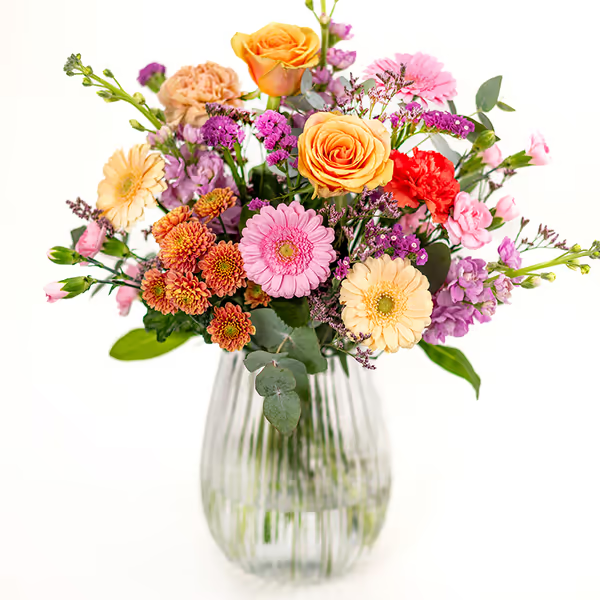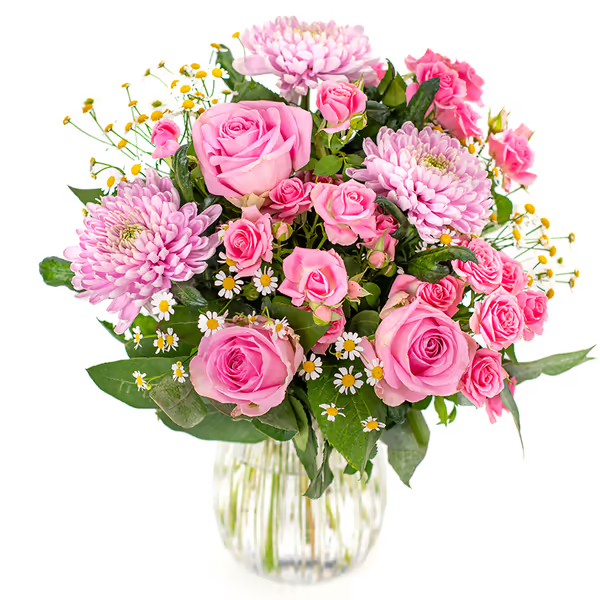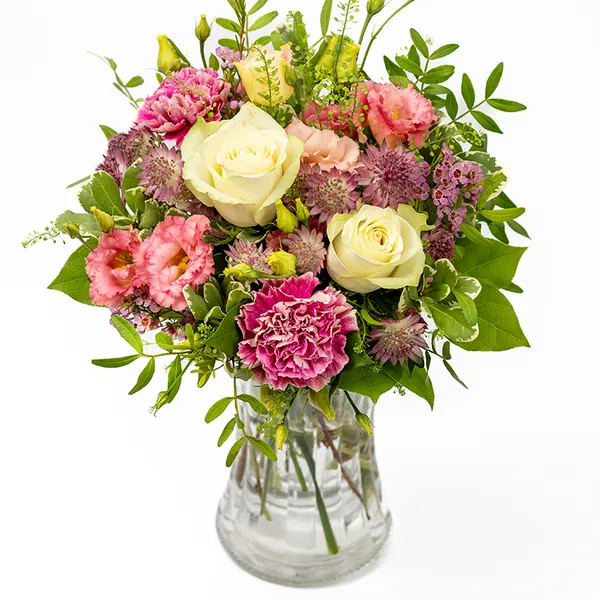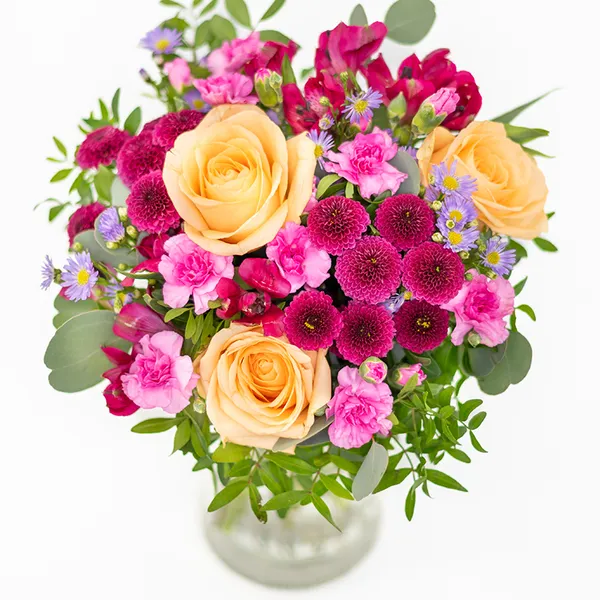Astilbe: The Feather-Like Bloom of Grace and Dedication
Astilbe, often called False Goat’s Beard or False Spirea, is a perennial favourite known for its soft, feathery plumes and finely cut foliage. Native to Asia and North America, it thrives in moist, shady conditions and is especially prized in romantic, woodland, or cottage-style gardens. Astilbe adds a delicate, airy texture to floral arrangements and symbolises dedication, patience, and femininity. With flower spikes in shades of pink, white, red, and lavender, it’s a perfect complement to both fresh and dried designs.
COMMON NAME
Astilbe, False Goat’s Beard, False Spirea
BOTANICAL NAME
Astilbe spp.
ORIGIN
Asia, North America
PEOPLE ALSO CALL IT
Garden Spirea, Feather Flower
FLOWERING TIME
Late spring to midsummer (May to July)
ASPECT
Partial to full shade, moist, rich soil
SYMBOLISM
Dedication, femininity, patience, grace
Care Tips for Cut Astilbe in a Vase
Cut in the morning: When blooms are fully hydrated.
Trim stems at an angle: Improves water intake.
Remove lower foliage: Keeps water clean and reduces bacteria.
Use cool water and floral preservative: Change every 2 days to extend freshness.
Keep cool and shaded: Direct sun shortens vase life.
Symbolism & Meaning
Astilbe symbolises dedication, femininity, and quiet strength. Its elegant plumes and soft movement in the wind make it a metaphor for gentle beauty and lasting affection. Because it thrives in the shade and doesn't demand attention, it also represents patience and loyalty—a flower that speaks softly but leaves a lasting impression.
Types of Astilbe
There are many popular astilbe cultivars, grouped by size, bloom time, and colour:
- Astilbe arendsii – A broad group with vivid colours and strong stems; great for cutting.
- Astilbe chinensis – More drought-tolerant, with smaller flowers and later bloom.
- Astilbe japonica – Early bloomers with glossy foliage and elegant white or pink flowers.
- Astilbe simplicifolia – Compact, fine-textured varieties perfect for containers or edging.
Frequently Asked Questions About Astilbe
The best time to plant astilbe is in spring (March to May) or autumn (September to October), when the soil is moist and not frozen. Spring planting gives the roots time to settle before summer blooming.
Astilbe prefers a part-shaded to shaded spot with moist, humus-rich soil. It’s perfect for woodland gardens, shady borders, or near ponds. Avoid dry, sunny locations — the plant needs consistent moisture to thrive.
No, astilbe is not poisonous to dogs. It’s considered a pet-safe plant, so you don’t need to worry if your dog is around it in the garden.




